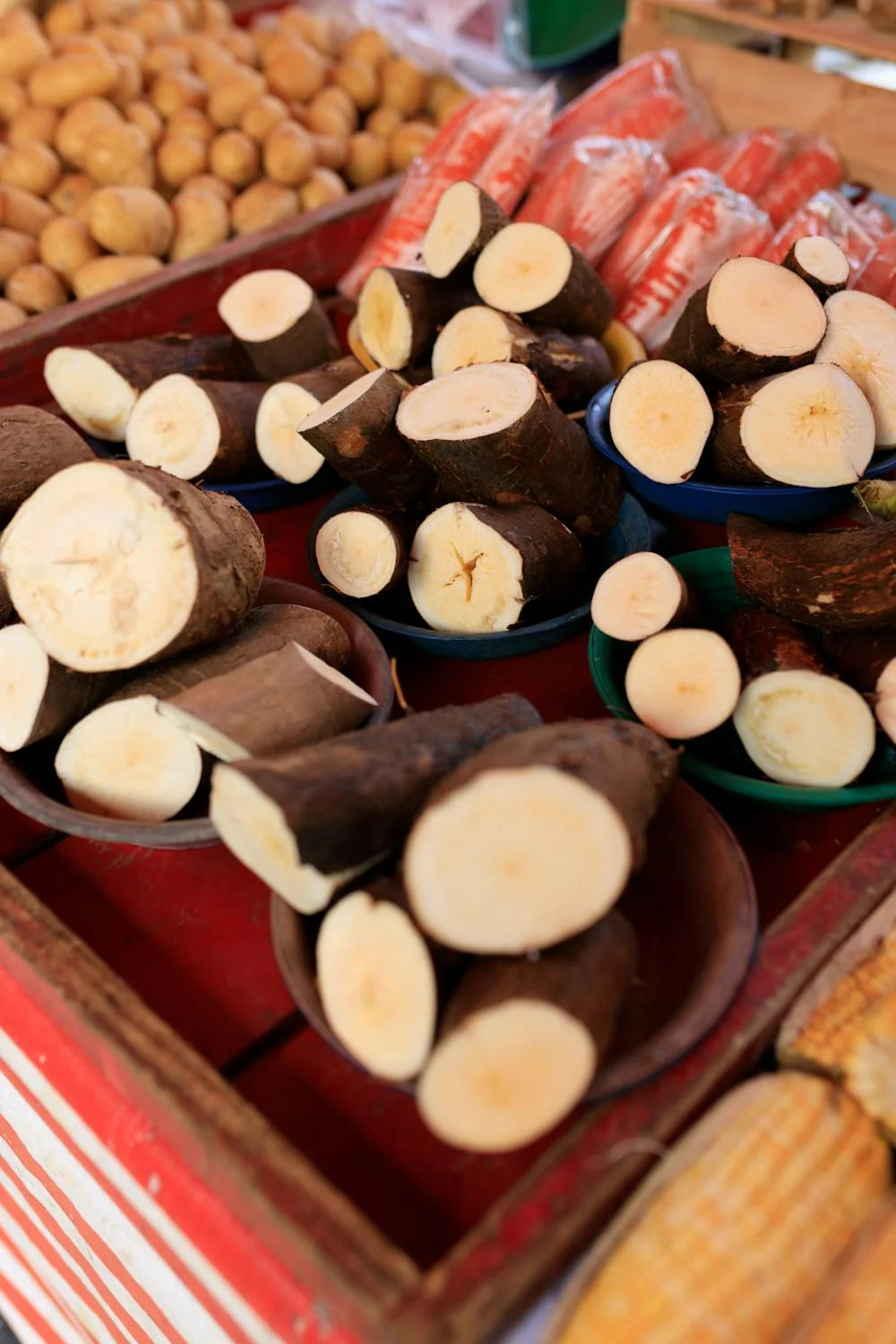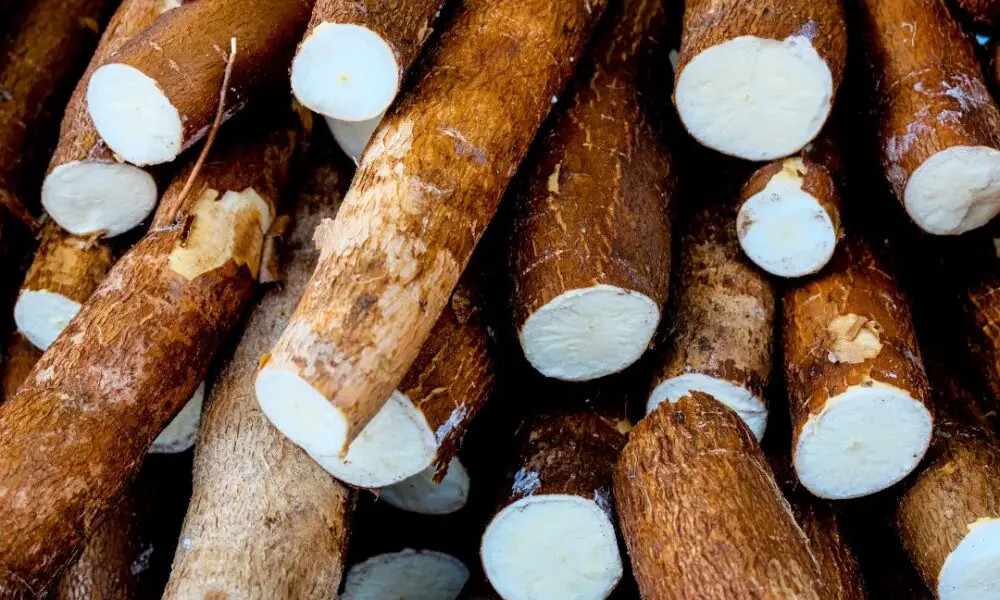The Dual Nature of Cassava: A Nutritional Powerhouse or a Health Hazard?
In our quest for optimal health, the choices we make regarding our diet play a crucial role. It’s essential to recognize that the foods we consume not only fuel our bodies but also significantly influence our overall well-being. A balanced diet is vital for ensuring that we receive all necessary nutrients to thrive. However, not all foods, even those considered staples in many cultures, are safe for consumption without proper preparation. One such food is cassava, often referred to as the “world’s deadliest food.” Despite its popularity and nutritional benefits, cassava carries inherent risks that must be understood.
A Closer Look at Cassava
Cassava, scientifically known as Manihot esculenta, is a root vegetable that is particularly rich in Vitamin C and copper. This versatile plant is native to Central and South America but has gained immense popularity across tropical regions worldwide. Many people consume cassava similarly to potatoes, utilizing it in various dishes ranging from stews to flour. Countries such as Nigeria, Thailand, and Indonesia stand out as the top producers of this significant crop, which is estimated to be a dietary staple for over 500 million people globally.

The Risks of Raw Consumption
Despite its widespread use and nutritional value, cassava is not without its dangers. The root contains cyanogenic glucosides, naturally occurring compounds that can release cyanide when metabolized. This characteristic serves as a defense mechanism for the plant against herbivorous animals and insects. Unfortunately, when cassava is consumed raw or improperly processed, it can lead to severe health hazards. According to the World Health Organization (WHO), around 200 deaths occur each year due to the consumption of cassava, primarily from cyanide poisoning.
Understanding Cyanide Poisoning
The risks associated with cassava consumption are particularly pronounced in situations of food scarcity, such as during famines or conflicts. The cyanide present in the root can cause acute cyanide poisoning, which is a serious medical emergency. Symptoms can include headaches, dizziness, nausea, and in severe cases, respiratory failure or death. In addition to poisoning, dietary cyanide exposure has been linked to various health issues, including a disease known as konzo. Konzo is characterized by irreversible spastic paraparesis and is triggered by the consumption of bitter cassava alongside low protein intake. This condition is predominantly found in impoverished regions and often appears in epidemic forms, although sporadic cases are also documented. For example, an outbreak of konzo in Mozambique highlighted the dangers of consuming improperly processed cassava during a period of economic distress.

Safe Preparation Methods
The good news is that cassava can be safely enjoyed when proper preparation methods are followed. One effective way to mitigate the risk of cyanide poisoning is by soaking peeled cassava in water for at least 24 hours before cooking. This process helps to leach out some of the harmful compounds. Another method involves boiling the cassava and then drying it in the sun, which also reduces the cyanogenic content significantly. Furthermore, the fermentation of cassava, which is common in certain cultures, can also help in detoxifying the roots. When prepared correctly and consumed in moderation, cassava becomes an excellent source of carbohydrates, fiber, vitamins, and minerals, providing significant dietary benefits.
The Nutritional Profile of Cassava
Beyond its potential risks, cassava is a nutritional powerhouse when prepared correctly. It is high in carbohydrates, making it an excellent energy source, especially for populations with limited access to diverse food sources. One serving of cassava can provide about 38 grams of carbohydrates, which is essential for fueling daily activities. Additionally, cassava contains modest amounts of protein and fat, along with essential minerals such as calcium, potassium, and magnesium. The root also has a significant amount of dietary fiber, which plays a crucial role in digestive health and can help in managing blood sugar levels. Notably, cassava is gluten-free, making it a favorable option for individuals with celiac disease or gluten intolerance.
Global Cassava Consumption and Cultural Significance
Cassava’s role in the global food system cannot be overstated. In many parts of Africa, Asia, and South America, cassava is not just food; it is a cultural staple that has sustained communities for generations. In Nigeria, for instance, cassava is processed into various forms, including garri, fufu, and tapioca, each with its unique preparation methods and culinary uses. These dishes not only provide sustenance but also form part of social and cultural identity. Furthermore, with the rise of global food trends, cassava flour is gaining popularity as a gluten-free alternative in baking and cooking. This shift highlights the importance of understanding both the benefits and risks associated with this versatile root.
Conclusion: Navigating Health Choices
As consumers, it is essential to navigate our food choices with an informed perspective. While cassava is undeniably a critical component of many diets around the world, it is crucial to understand both its nutritional advantages and the risks associated with its consumption. Proper preparation can unlock the health benefits of cassava while minimizing the dangers. In a world where food security and safety are increasingly paramount, awareness and education about such foods can empower individuals to make better dietary choices. Please consider sharing this information with family and friends to spread awareness about the safe consumption of cassava. By doing so, we can celebrate this remarkable root vegetable while ensuring that it is enjoyed safely and responsibly.

















